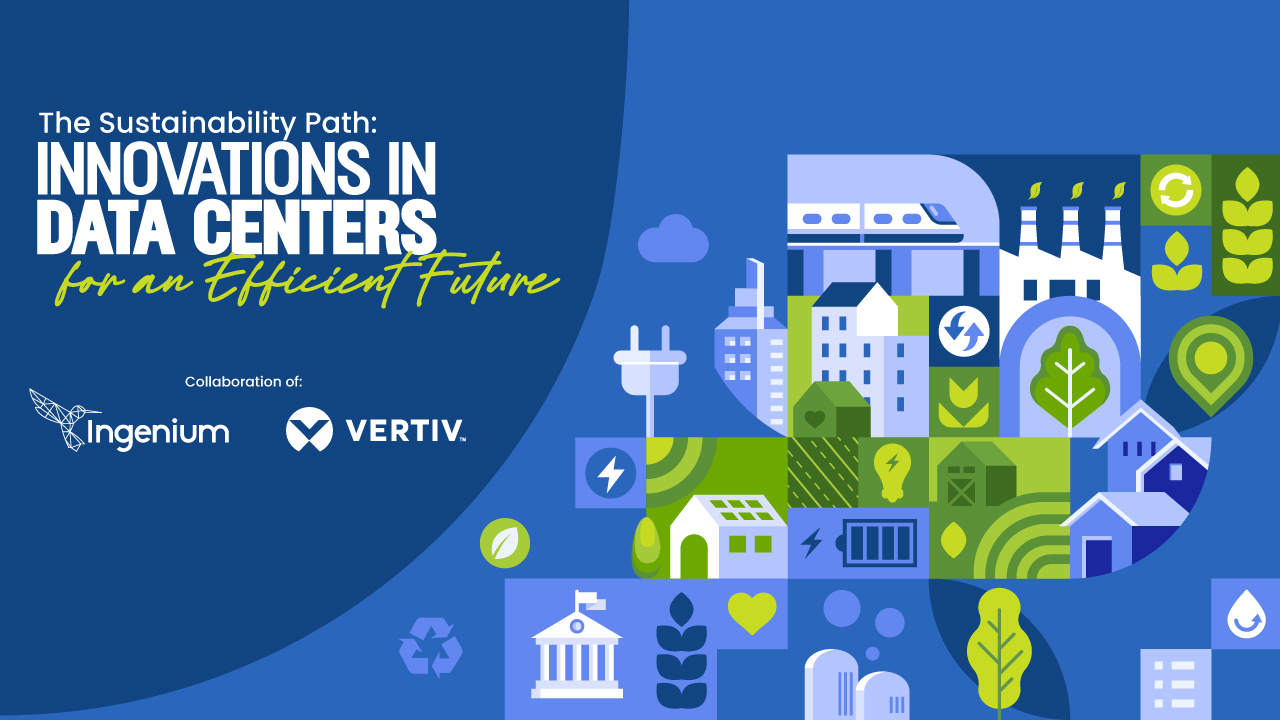In today's digital era, the demand for data to support monetized applications and services is also increasing the need for new IT equipment and the data center infrastructure to support it. New compute is also increasing demand on the utilities required to keep data centers running.
For example, the BID exposes in a report, Generative Artificial Intelligence (GenAI) is currently putting pressure on traditional electric utilities because it requires large amounts of energy for data processing and storage. In fact Scientific American warns that if AI continues to penetrate at this level, then each data center will experience a 10% growth in its energy consumption.
Electricity consumption is the main input used by the industry. According to information about DCD some of the world's largest data centers can contain tens of thousands of IT devices and require more than 100 megawatts (MW) of power capacity.
This makes it necessary to find innovative ways of building using less electricity, increase technologies that provide energy savings and make better use of available energy, all of which are key strategies to address these challenges and find the Sustainability Path for data centers.
Trends to Reduce Electrical Dependency
Reducing reliance on non-renewable energy is a priority for data centers and to do so there are a number of factors such as monitoring, IT load optimization, environmental control, and operational management.
A Siemens and DCD survey It shows that lithium-ion batteries are the most promising technology for data center energy storage. In addition, there are future projections of other solutions that could stand out in Latin America, such as energy management software, modularity and flexibility.
From Vertiv's perspective, these solutions to reduce the carbon footprint have also been identified:
- Use of renewable energy: The adoption of renewable sources, such as solar or wind power, can have a significant effect on reducing the carbon footprint. In this context, Latin America has an abundance of clean energy sources. One Statista report reveals that Latin America, due to its vast geography and abundant natural resources, has the potential to become one of the cornerstones of the renewable energy sector. According to the figures, renewable energy capacity in the region exceeded 290 gigawatts in 2021, a value that represents a growth of more than 67% compared to ten years ago.
- Implementation of efficient cooling systems: New cooling designs have an obligation to maintain optimal performance and prevent problems related to the heat generated by the servers. Of According to Vertiv, liquid cooling takes advantage of the superior heat transfer properties of water and other fluids to facilitate efficient and economical cooling of high-density racks. It has been found to be up to 3,000 times more effective than traditional air cooling methods.
- Server Virtualization: It allows multiple servers to run on a single physical machine, reducing the amount of power required to keep servers running. The average reduction in electricity demand thanks to virtualization could decrease by 15% to 30% depending on the Gartner, cited by Sustained Data Center.
- Modular Designs: Modular data center infrastructure is gaining traction due to its benefits identified by Vertiv as well as energy-efficient designs, reduction of PUE and environmental impact while controlling costs.
However, it must be taken into account that sustainability is not only limited to energy consumption; rather, in the process of finding the Sustainability Pathway, it is crucial to consider the carbon footprint throughout the life cycle of products. From the production of equipment, the reintroduction of materials, the responsibility in the management of resources, to the phase of use and final disposal, since each stage has an environmental impact.
As an industry leader, Vertiv is committed to monitoring, reporting and reducing the impact of its activities, with a comprehensive total product lifecycle approach to minimize this impact. Know here Learn more about Vertiv solutions that reduce environmental impact and other effective, highly efficient technologies.
This article was developed in collaboration with Ingenium. Ingenium has more than 15 years of experience as a partner on the path to decarbonization through the adoption of high-impact environmental practices and can guide you in the process of obtaining certifications such as CEEDA, LEED and EDGE, among others.
About the Author | Francisco Degelo
Business Development Manager Datacenter LATAM at Vertiv. He has more than 10 years of experience in Solution Development and Sales in the Mission Critical segment. He has worked at Vertiv since 2017, contributing to the company's sustainable growth with a focus on long-term customer relationships and opening new frontiers of action. Degelo holds a degree in Control and Automation Engineering from UNESP – Universidade Estadual Paulista and has taken several specialization courses in mission-critical projects and project management.



